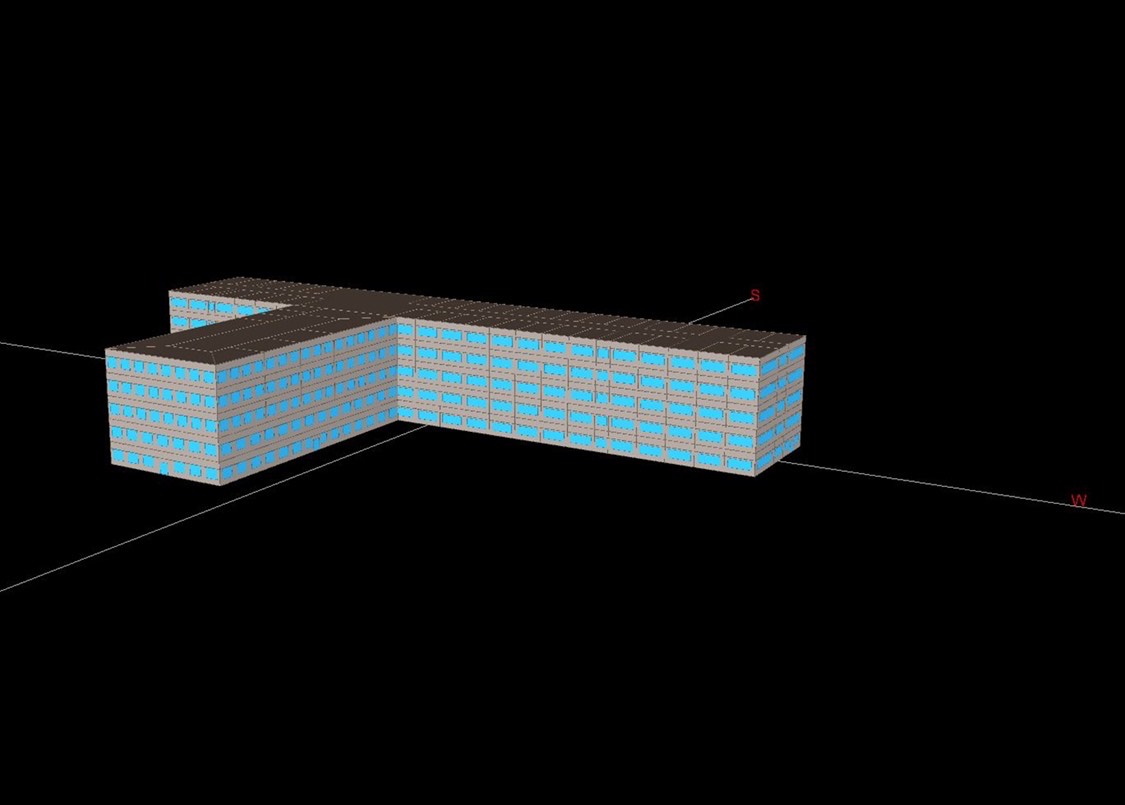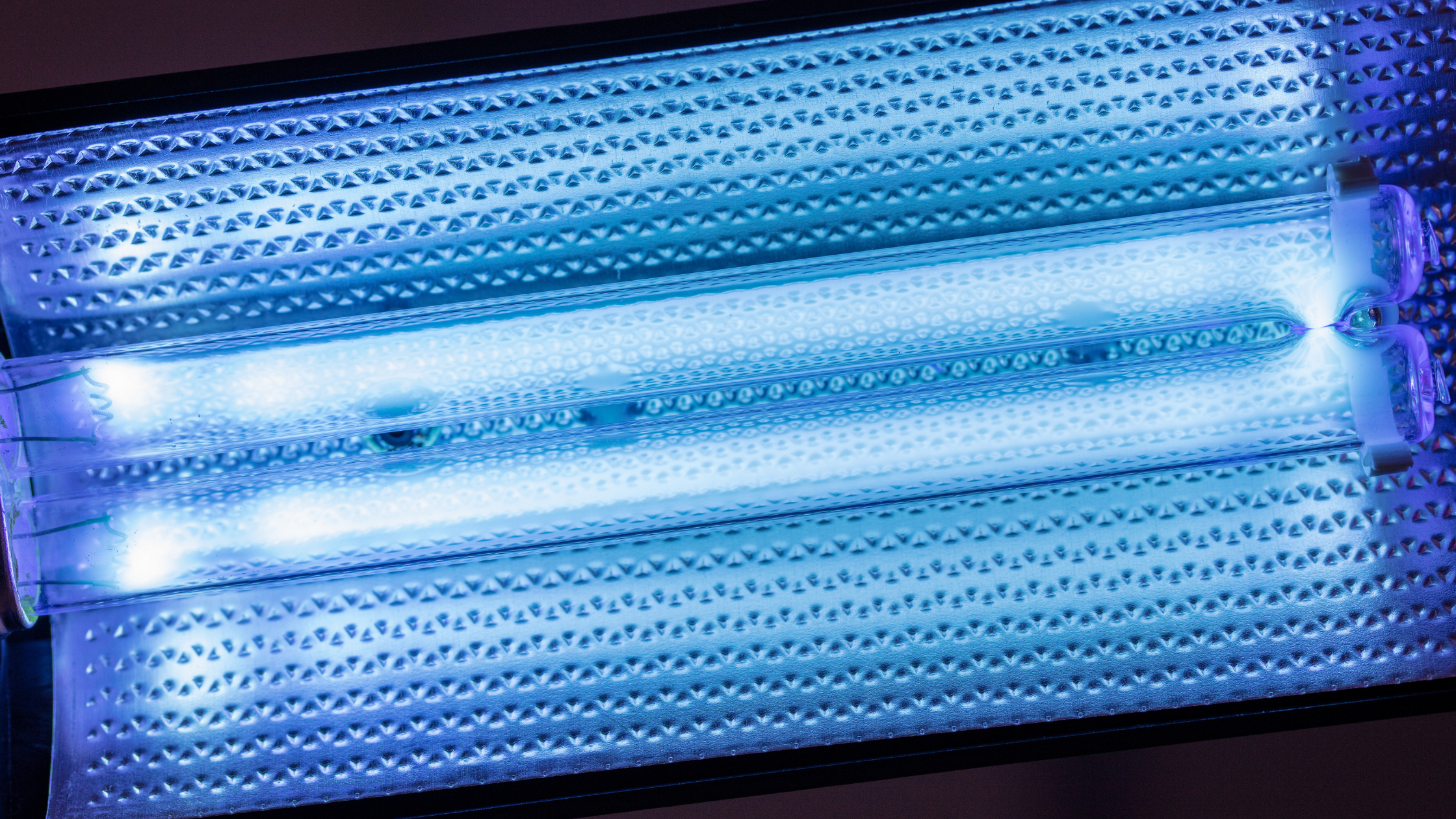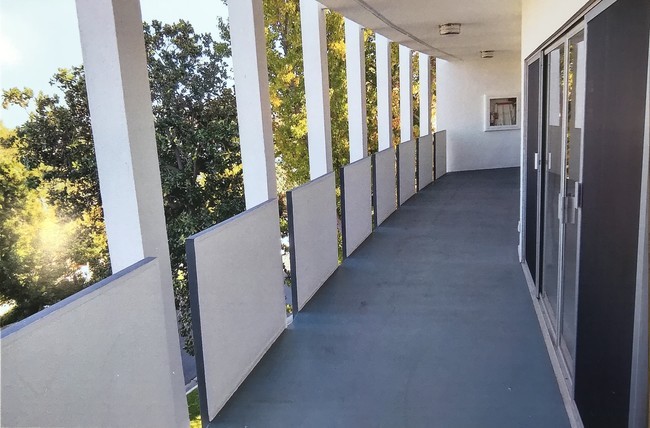If you could have a crystal ball to see into the future use, efficiency, and valuation of your property and investments, would you use it? It certainly would mitigate much of the risk and uncertainty in decision making. Well, you do have a crystal ball of sorts – in building energy modeling, or BEM. When used early in new construction or existing building retrofit design, energy modeling is an effective, low-cost way of predicting the energy consumption and performance of your building’s systems.
What is Building Energy Modeling (BEM)?
Used largely by mechanical engineers and architects, building energy modeling is a physics-based, multipurpose software used to simulate a building and its energy use.
Without going into the nitty-gritty, an energy modeling program uses inputs about the building, like geometry, construction materials, and system configurations. Then it takes descriptions of the building’s use and operations (actual and/or estimated) and combines input data with information about local weather and other related metrics. From here, physics equations can be used to calculate such things as thermal loads (system design), system responses (to said loads), resulting energy use, and cost.
Why is energy modeling important?
How do all these calculations translate into decision making? In essence, the value of energy based models is the visual representation of accurate, predictive data. Aka, you can play around virtually with different types of HVAC systems and see which one will work best for your specific building. When looking into each system you can discover how long it will last (life-cycle), and compare your spending and saving (cost-savings analysis). Think of being fitted for running shoes. A specialist can identify the intricacies of your foot and observe pressure points and weight distribution. Then they can recommend the best shoe based on their knowledge and your budget. What you get for this service is the proper fit for your stride, less wear to the shoe, and injury prevention, keeping you running longer.
Here are three main components BEM addresses:
Design – HVAC systems come in a complex array of sizes and components. BEM helps engineers understand and identify the proper system scale to meet the thermal load of the building. Additionally, modeling can help design control strategies. In other words, make sure the shoe fits. These key components all lead to the efficiency of the system and meet the needs of operating the building.
Cost – BEM helps decision-makers discern between up-front construction costs and operational energy costs, thereby reducing both, ideally. Factoring data and available incentives, modeling programs can also provide clear payback periods and net values.
Codes and Standards – Collective analysis of energy models across building stock, can help utilities, municipalities and large scale organizations like the US Department of Energy develop energy efficiency programs and building codes.
The role of BEM in energy consumption and utility bills
At the property level, as outlined above, when BEM is used in the design phase of a construction or retrofit project you can implement not only an efficiently designed HVAC system but a robust, state of the art system. Next-gen modeling is helping building operations link multiple platforms for precise control and real-time consumption data, alerts, etc., leaving few surprises as far as their building’s usage. The effect is lower, predictable utility bills. Knowing what to expect out of your monthly and annual OpEx has a positive impact on annual budgeting.
Bigger picture, energy based models are used in code compliance, green certification, and financial incentives. Additionally, the data collected from these models help inform large scale energy efficiency programs and standards. The spirit of these codes and standards is to improve the performance and reduce consumption of building stock across utility service areas, and across the country.
Where the rubber hits the road
The US DOE Building Technologies Office (BTO), is leading the charge state-side, in the development and implementation of emerging technologies in building energy modeling. BEM experts are well-versed in these programs, along with the full suite of available software. None of it matters; however if they are not put to use as part of the design process. A 2017 USGBC article cites that approximately 20% of new construction projects are using BEM. The crystal ball shows – building energy modeling is a powerful tool toward efficiency and savings. It also shows that when used, emission reductions across the country are headed in the right direction. So lace up those running shoes and get to work. Call Green EconoME to inquire about our engineering and energy modeling services.








